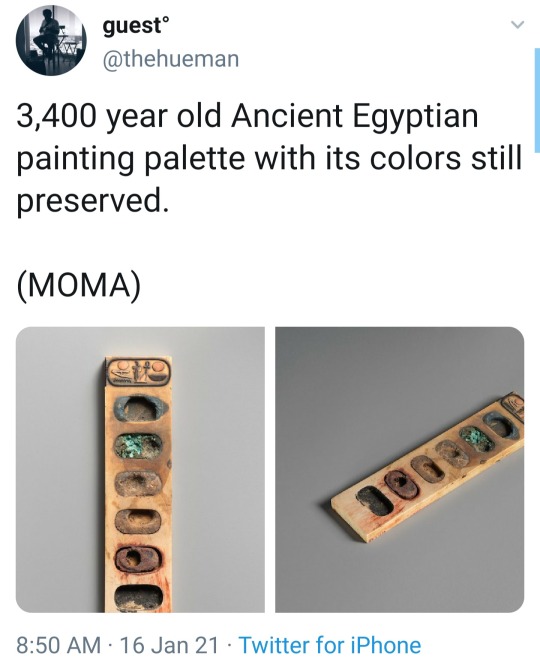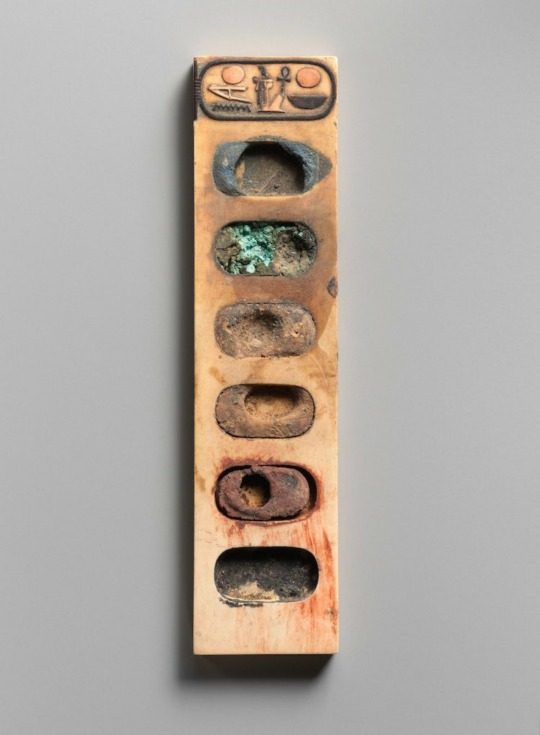Egyptologist who's posting stuff regarding Ancient Egypt
Last active 2 hours ago
Don't wanna be here? Send us removal request.
Text
Hello tumblr leute, einige habens schon von mir über Discord oder Twitter gesehen, aber auch hier muss ich nochmal Werbung machen:
Ich bin mit in einem neuen kleinen Podcastprojekt zu ägyptischer Antike. Da geht’s in Gesprächen mit einer Reihe von Ägyptolog*innen um alle möglichen Themen: Was ist eigentlich das “Alte Ägypten”? - Mumien - Pharao etc.
Die erste Folge ist seit gestern online!
Spotify: https://open.spotify.com/episode/5YEGBPapSxLHG6PAjISSQN?si=49e787667e9e424a
Youtube: https://www.youtube.com/watch?v=OWdWWlxnU_4
30 notes
·
View notes
Photo

The garden of Nebamun, an Egyptian scribe, from his tomb, 1350 BCE. The garden features a well-stocked pond surrounded by date palms and sycamores. The sycamore goddess appears at the top right.
{WHF} {HTE} {Medium}
1K notes
·
View notes
Text
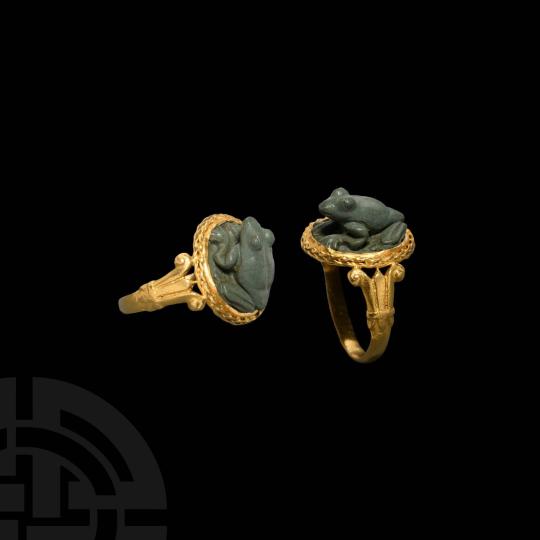
Gold ring with jasper frog, Egypt, 600-30 BC
from Timeline Auctions
9K notes
·
View notes
Photo


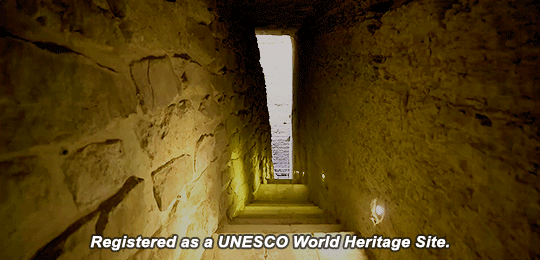


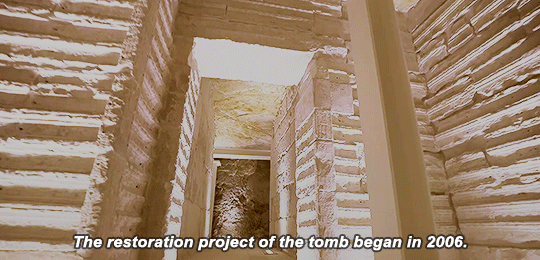



The restored southern tomb within Djoser’s (Netjerikhet) pyramid complex in Saqqara was opened to the public in September 2021 (watch video). The function of the tomb remains uncertain but one theory is that it was for the pharaoh’s ka (~life force).
982 notes
·
View notes
Photo

Metal Statuary of an unknown deity, now in the Museum of Egyptian Civilization. Photo Credit: Steve Harvey
97 notes
·
View notes
Photo

Mosaic glass inlay, Roman, probably Egyptian
Late 1st century B.C.–1st century A.D.
2K notes
·
View notes
Text
Red and black ink from Egyptian papyri unveil ancient writing practices

Scientists led by the ESRF, the European Synchrotron, Grenoble, France and the University of Copenhagen, Denmark, have discovered the composition of red and black inks in ancient Egyptian papyri from circa 100-200 AD, leading to a number of hypotheses about writing practices. The analysis, based on synchrotron techniques, shows that lead was probably used as a dryer rather than as a pigment, similar to its usage in 15th-century Europe during the development of oil painting. They have published their results in PNAS.
In ancient Egypt, Egyptians used black ink for writing the main body of text, while red ink was often used to highlight headings, instructions or keywords. During the last decade, many scientific studies have been conducted to elucidate the invention and history of ink in ancient Egypt and in the Mediterranean cultures, for instance ancient Greece and Rome.
The scientists used the powerful X-rays of the ESRF to study the red and black ink in papyri from the Tebtunis temple library, the only large-scale institutional library known to have survived from ancient Egypt. Read more.
419 notes
·
View notes
Photo
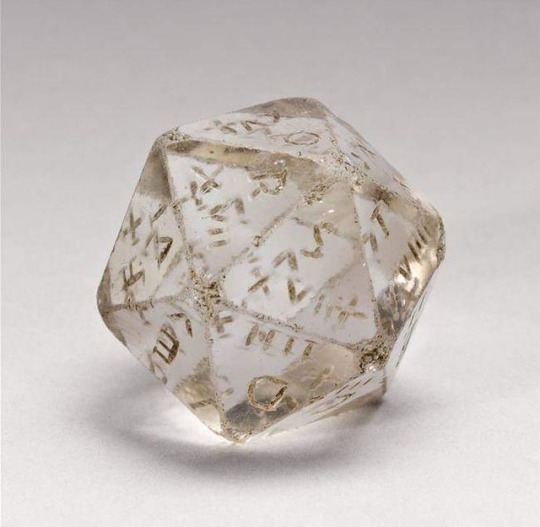
20 sided quartz die, Roman 1st-3rd centuries AD [648x633]
24K notes
·
View notes
Note
Where would be a good source to get a list of the 42 negative confessions ?
Oh sorry, my tumblr mobile app didn’t show me asks for my side blog and I only now saw it on pc.
I don’t have a detailed reading list for that as I never dealt with them in detail, and sadly have no online resource. What I could find right now where these articles/books:

If you want to do more research yoursefl I can really recommend this site: http://oeb.griffith.ox.ac.uk/default.aspx
It’s an online bibliography where you can find all egyptological publications. It is right now free to access. You still have to log in as “guest” with the password “temporary”.
And sorry again, I was seeing your asks for my main blog but not on the side blog. Now that I know that the tumblr app has this issue I will check the inbox more regularly.
0 notes
Photo
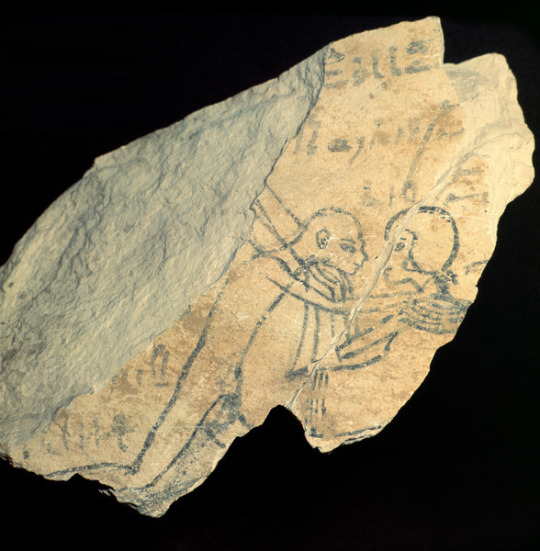
Ostracon of a Couple Making Love
An artist’s practice sketch of a couple making love, detail of an ostracon from Deir el-Medina, West Thebes.
Ostraca are simple splinters of limestone or shards of pottery, on which the ancient Egyptians wrote or drew. This type of support was used because it was plentiful and of no material value, unlike papyrus, which was much more expensive.
New Kingdom, 19th Dynasty, ca. 1292-1189 BC. Now in the Private Collection.
304 notes
·
View notes
Photo

Ancient Egyptian Phallophorus
Egyptologists have often considered them to be late, decadent and unworthy of Egyptian culture, but that is a false value judgement: they have been found in native Egyptian contexts on numerous sites.
Faience. Graeco-Roman Period, ca. 100 BC. Egyptian Museum of Berlin.
1K notes
·
View notes
Text

A painter’s palette🎨 from Ancient Egypt Inscribed with the Name of Amenhotep III ca. 1390–1353 B.C. New Kingdom Dynasty 18
This painter’s palette was carved from a single piece of ivory. Six oval wells contain cakes of pigments including blue, green, brown , yellow red and black. The oval cartouche at one end encircles the throne name of Amenhotep III, Nebmaatre, and the epithet “beloved of Re”.
3K notes
·
View notes
Text
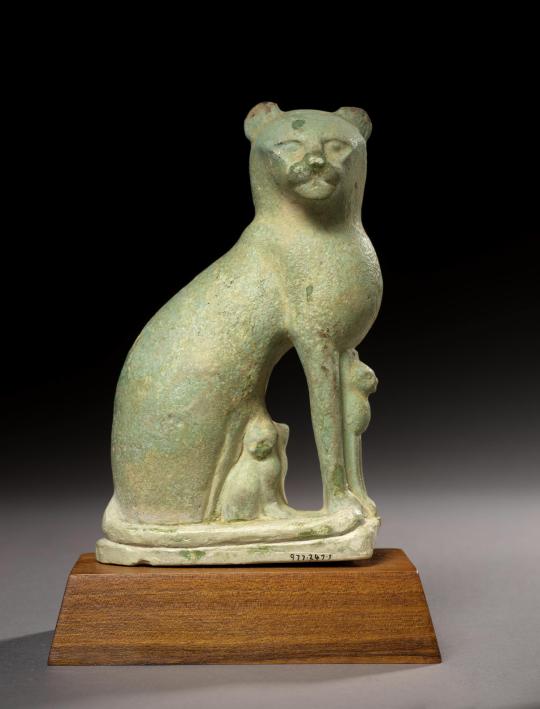



~ Figure of a seated cat with kittens.
Place of origin: Egypt
Date: ca. 525-404 B.C.
Period: 27th Dynasty (Persian), Late Period
Medium: Glazed composition (faience)
#ancient art#ancient egypt#ancient history#history#archaeology#Egypt#egyptology#cat#kittens#Cats#So cute
548 notes
·
View notes
Photo
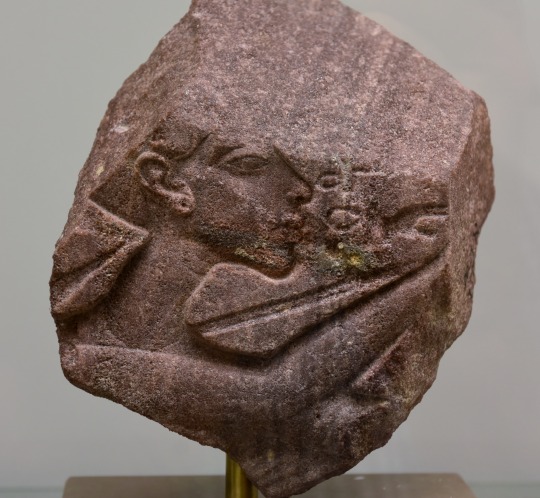
The 18th Dynasty pharaoh Akhenaten, shown in part of an offering scene. Artist unknown; ca. 1365-1347 BCE. From el-Amarna; now in the Ny Carlsberg Glyptotek, Copenhagen. Photo credit: Richard Mortel/Wikimedia Commons.
67 notes
·
View notes
Photo

Deity’s beard, mid 7th century BC-late 1st century BC, Egypt.
21 notes
·
View notes
